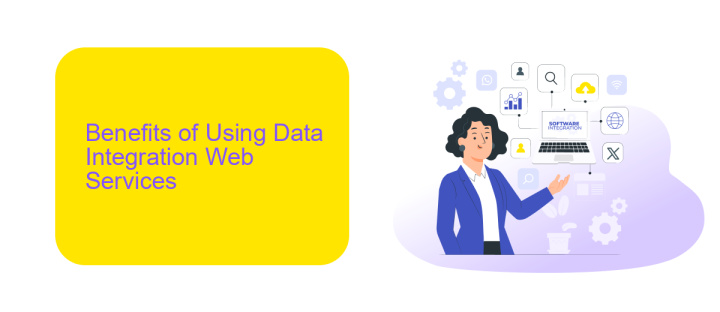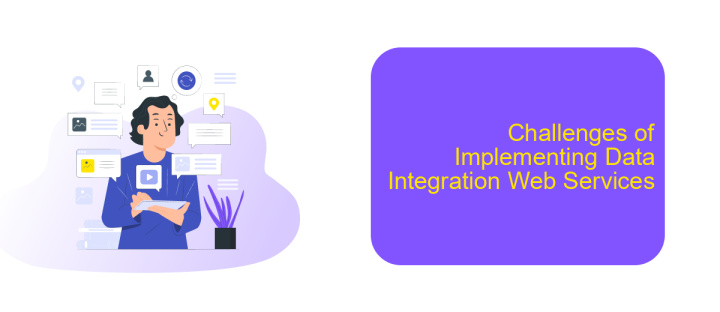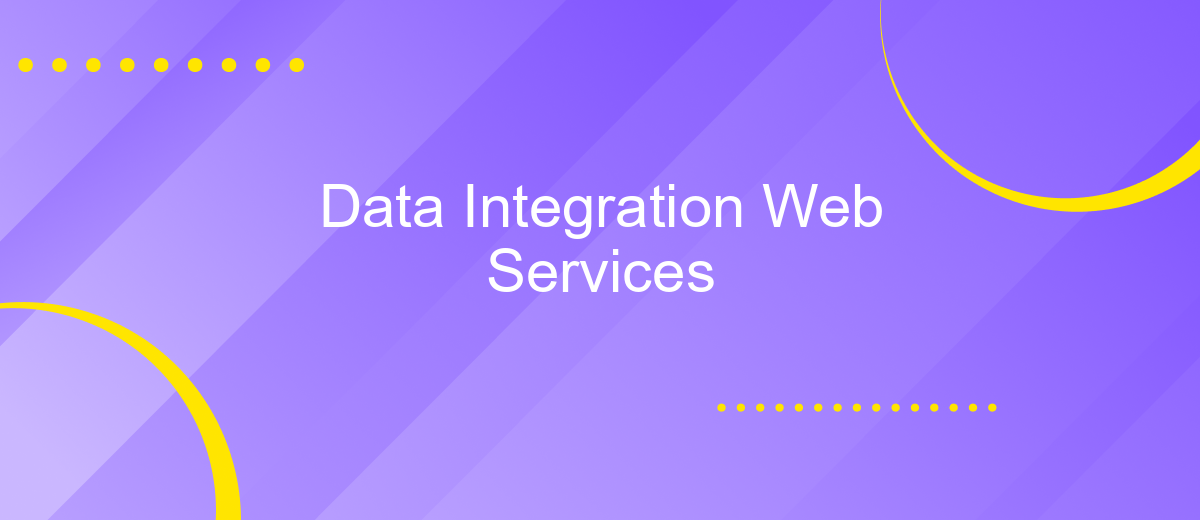Data Integration Web Services
Data Integration Web Services are crucial for modern enterprises seeking seamless data flow across diverse systems. By enabling the consolidation of data from various sources, these services ensure real-time access and consistency, driving more informed decision-making. This article explores the key features, benefits, and implementation strategies of data integration web services, highlighting their role in enhancing organizational efficiency and agility.
Introduction to Data Integration Web Services
Data Integration Web Services are essential for businesses looking to streamline their data processes and improve operational efficiency. These services enable the seamless exchange of information between disparate systems, ensuring that data is accurate, up-to-date, and easily accessible. By leveraging web services, organizations can automate data workflows, reduce manual errors, and enhance decision-making capabilities.
- Automated data synchronization
- Real-time data access
- Improved data accuracy
- Enhanced decision-making
One of the popular tools for setting up data integrations is ApiX-Drive. This service allows users to connect various applications and automate workflows without needing extensive technical knowledge. By using ApiX-Drive, businesses can save time and resources, ensuring that their data integration processes are both efficient and reliable. The platform supports a wide range of applications, making it a versatile solution for any organization looking to optimize their data management strategies.
Benefits of Using Data Integration Web Services

Data integration web services offer significant benefits by streamlining the process of consolidating data from various sources. These services enable organizations to seamlessly merge data from disparate systems, ensuring that information is accurate, consistent, and up-to-date. By automating data integration, businesses can eliminate manual data entry errors, reduce the time spent on data consolidation, and enhance overall operational efficiency. This leads to more informed decision-making and better strategic planning, as stakeholders have access to comprehensive and reliable data insights.
One notable service that facilitates data integration is ApiX-Drive, which allows users to easily set up and manage integrations without the need for extensive technical expertise. ApiX-Drive supports a wide range of applications and data sources, making it a versatile solution for businesses of all sizes. By leveraging such tools, companies can quickly adapt to changing data needs and maintain a high level of data integrity. Ultimately, the use of data integration web services like ApiX-Drive helps organizations to optimize their workflows, improve data accessibility, and drive growth through enhanced data-driven strategies.
Types of Data Integration Web Services

Data integration web services play a crucial role in ensuring seamless data flow across various platforms and applications. These services can be categorized into several types, each designed to address specific integration needs and challenges.
- ETL (Extract, Transform, Load) Services: These services extract data from different sources, transform it into a suitable format, and load it into a target system. They are essential for data warehousing and analytics.
- API-Based Integration Services: These services use APIs to connect disparate systems in real-time. ApiX-Drive, for instance, offers a user-friendly interface to automate data transfer between various applications without the need for coding.
- Data Synchronization Services: These ensure that data remains consistent and up-to-date across multiple systems. They are critical for maintaining data integrity in real-time environments.
- Middleware Integration Services: These act as intermediaries, facilitating communication and data exchange between different systems and applications, often used in complex enterprise environments.
Choosing the right type of data integration web service depends on the specific requirements of your organization. Whether you need real-time data synchronization, automated data transfers, or complex system integrations, there is a solution tailored to meet your needs.
Challenges of Implementing Data Integration Web Services

Implementing Data Integration Web Services presents several challenges that can hinder smooth operations and data flow. One of the primary issues is ensuring data consistency and accuracy across different systems, which often have varying data formats and standards. This discrepancy necessitates robust data transformation and validation processes.
Another significant challenge is maintaining data security and privacy. As data moves between various systems, it becomes vulnerable to unauthorized access and breaches. Ensuring compliance with regulations such as GDPR and HIPAA adds another layer of complexity to the integration process.
- Data consistency and accuracy
- Data security and privacy
- Scalability of integration solutions
- Real-time data synchronization
- High implementation and maintenance costs
Services like ApiX-Drive can help mitigate some of these challenges by providing automated, no-code integration solutions. ApiX-Drive simplifies the process of connecting various applications and ensures real-time data synchronization, reducing the need for extensive manual intervention and lowering the risk of errors. By leveraging such tools, organizations can achieve more efficient and secure data integration.


Best Practices for Data Integration Web Services
For effective data integration web services, it is crucial to prioritize data quality and consistency. Implement thorough validation procedures to ensure data integrity before it enters your system. Utilize standardized data formats and ensure all integrated systems adhere to these formats to minimize discrepancies. Regularly audit and clean your data to prevent errors from propagating through your systems. Additionally, ensure robust error handling and logging mechanisms are in place to quickly identify and rectify issues.
Another best practice is to leverage tools like ApiX-Drive for seamless and automated data integrations. ApiX-Drive simplifies the process by providing a user-friendly interface to connect various applications without the need for extensive coding. It supports a wide range of applications and offers real-time synchronization, ensuring your data is always up-to-date. Utilize its scheduling and automation features to reduce manual intervention and enhance operational efficiency. By following these best practices, you can achieve reliable and efficient data integration across your web services.
FAQ
What is Data Integration Web Services?
Why is data integration important for businesses?
How can I automate data integration processes?
What are the benefits of using a data integration service like ApiX-Drive?
Can data integration services handle large volumes of data?
Strive to take your business to the next level, achieve your goals faster and more efficiently? Apix-Drive is your reliable assistant for these tasks. An online service and application connector will help you automate key business processes and get rid of the routine. You and your employees will free up time for important core tasks. Try Apix-Drive features for free to see the effectiveness of the online connector for yourself.

